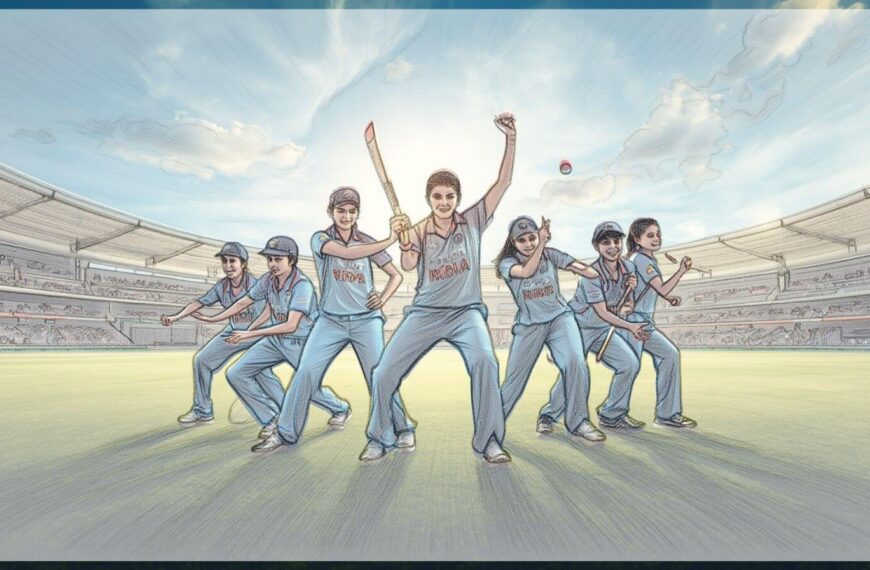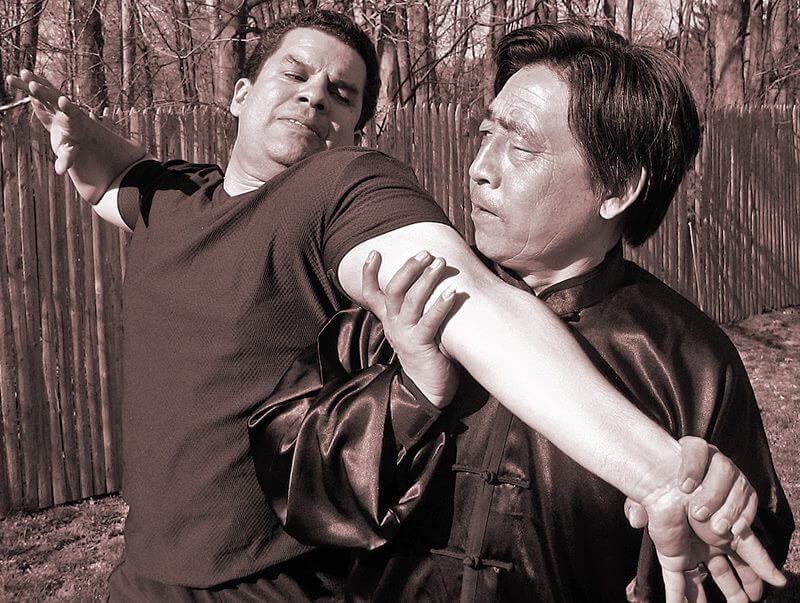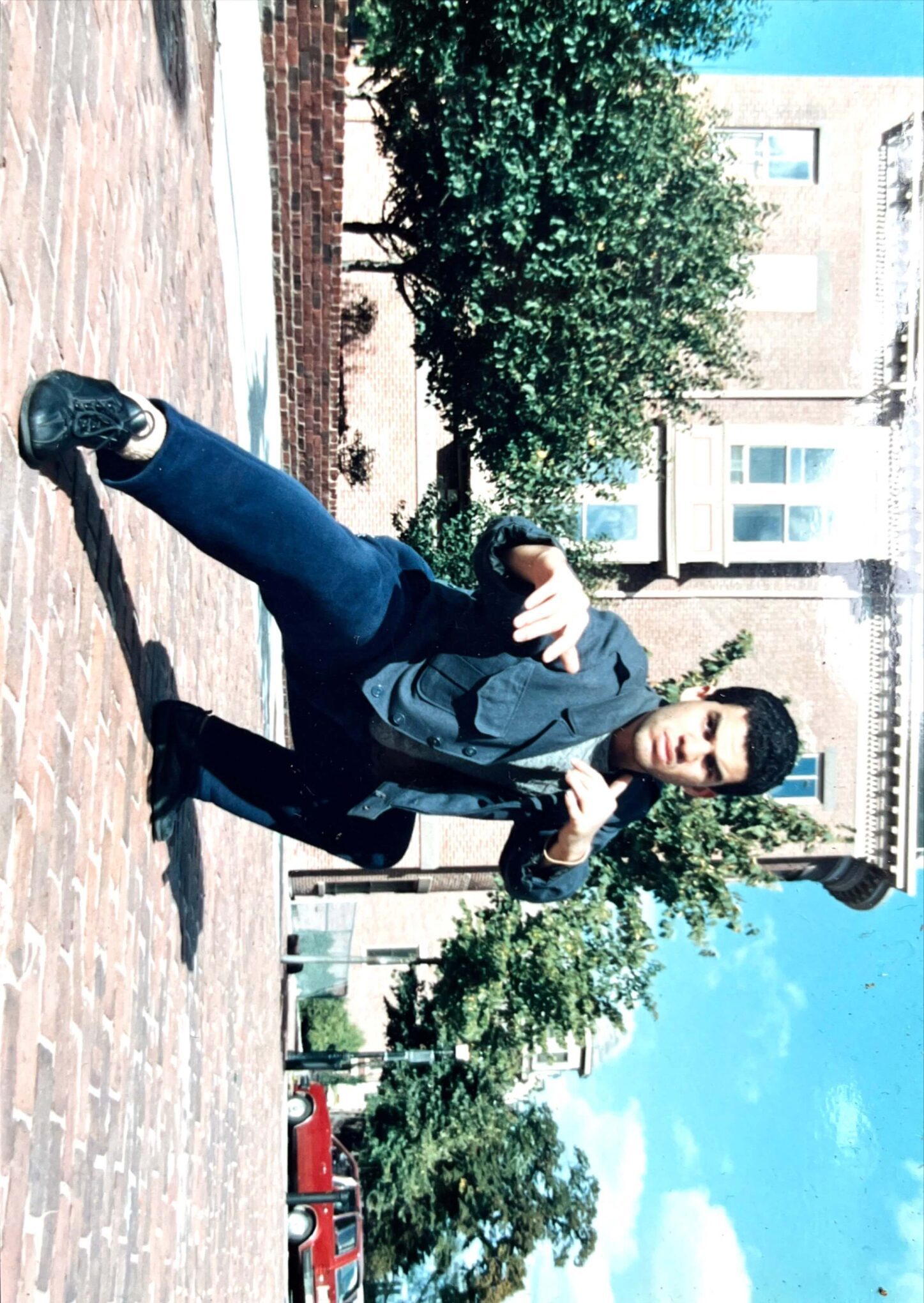The Adventure Foundation had no skydiving equipment like parachutes, riggers, trainers or a training infrastructure. The shrewd Thapar used his niche knowledge to influence the unscrupulous but powerful Dolly Yadav. The latter used his connections and prevailed upon the Operational Headquarters (Transport& Maritime) at Delhi to compel CI PTS to share its invaluable resources of select Dhartiputras (PJI’s), parachutes and even aeroplanes to piggy back an easy launch and take-off into the fantasy world of skydiving. Thus was set the scenario of a new battle ground of ideological conflict: military versus sport. The old had to make way for the new. Legends had to call it a day for times had changed as they were no longer an asset with fast and manoeuvrable canopies. R Singh became the frontrunner among Ustads Sarathe, Surat, Umed, Ghosh, Kadam, Dubey, Ramchander, Prakasam, Ravi Kumar, Garade, Anthony, Dutta, Kolte, and Sandhu Jr. were the able core on whose young shoulders the future of Akashganga rested from now on. Sunil reveals the conflicts, in the weekly column, exclusively for Different Truths.
A major transition was in progress. By 1987, many revered gurus had left. Even some of the new with many good years still ahead were fated to move out. Only Kallaan and Chordia were there with the new  and nervous novices Banjo, Sikku and Patki. The Ustads continued unchanged as was the Vayu Dharma. The much loved, low profile Deo and a charismatic but ambitious Thapar had moved on to Aero Sports Cell of the Adventure Foundation to join Das and Sharma in their attempt to start Para Motor and Micro light flying, Hang Gliding and Balooning.Thapar had set his sights to build on his specialist experience of skydiving skills gained at PTS, expand horizons, and create a new community of sport parachuting from the rank and file of the Air Force and the civilians who thus far had no real platform to get airborne and enjoy the thrills of parachuting. Few realised then, that he was a man with a mission much ahead of his times.
and nervous novices Banjo, Sikku and Patki. The Ustads continued unchanged as was the Vayu Dharma. The much loved, low profile Deo and a charismatic but ambitious Thapar had moved on to Aero Sports Cell of the Adventure Foundation to join Das and Sharma in their attempt to start Para Motor and Micro light flying, Hang Gliding and Balooning.Thapar had set his sights to build on his specialist experience of skydiving skills gained at PTS, expand horizons, and create a new community of sport parachuting from the rank and file of the Air Force and the civilians who thus far had no real platform to get airborne and enjoy the thrills of parachuting. Few realised then, that he was a man with a mission much ahead of his times.
The Adventure Foundation had no skydiving equipment like parachutes, riggers, trainers or a training infrastructure. The shrewd Thapar used his niche knowledge to influence the unscrupulous but powerful Dolly Yadav. The latter used his connections and prevailed upon the Operational Headquarters (Transport& Maritime) at Delhi to compel CI PTS (a section of an unit of a station under Command Headquarters reporting to the highest formation at Air Headquarters) to share its invaluable resources of select Dhartiputras (PJI’s), parachutes and even aeroplanes to piggy back an easy launch and take-off into the fantasy world of skydiving.
Thus was set the scenario of a new battle ground of ideological conflict: military versus sport. Dhritarastra interrupted with a question. Were there no memories or the lessons learnt from a similar issue or turf war with the Skydiving Federation of India, (under the auspices of the Para Brigade)? To which the perceptive Vidur answered that the past was repeated only with more intensity and the ghosts had come a haunting with a new chill and fright. This time, however, the blood and gore of rivalry, unsporting competition, power politics and petty personalized conflicts between blood brothers with all the attendant ugliness was to the fore. The King shrugged in some unconcealed gesticulation, enough to make Vidur understand that he was yet again thinking of his sons and the raging ill will with the Pandava cousins. In philosophic resignation he loudly thought Yugas may come and go but Manas Charitra (human traits) would remain unchanged. A parallel world was about to be born in the field of sport parachuting.
Meanwhile, the new PJI think tank carrying forward the previous learning’s and legacies led by Kallan and fervently shared by Sikku, Chordia and Banjo saw the imminent threat to their parochial but protected domains. Just like Dhingra earlier, they too felt the creation and fructification of limited resources at PTS towards the advent of sports parachuting was the result of a continuous and an arduous struggle against uncaring or indifferent authorities by ardent freefall instructors, the poor cousins of the Devaputras at PTS and sometimes at great personal cost. The Dhartiputras had surreptitiously risked manipulation in the utilisation of Army owned military parachutes towards their controversial internal training. They would have no truck with the new-fangled philosophy of Adventure Foundation. They smelt a deep-seated conspiracy in the sharp, incisive but sustained thrusts of an entrepreneurial Thapar led sport parachuting drive actively encouraged by Goel, Cheema, Sunder in succession, the powerful Devaputras from Air Headquarters and our very own Dhartiputra in their “camp” Mahajan.The Dhartiputras were up in arms at the prospect of a hijack of both the theory and practice of skydiving. Deo, had since pulled back from this initiative, simmering and confused within, on the doubtful righteousness of it all. Lal, the silent “Guru Acharya” at PTS patiently sat on the fence, perhaps wisely waiting for the turbulent times and fretful energies to settle down. This time Vidur asked Sanjaya to pause on seeing the Lord Master fidgety. He then answered as if on a question that perhaps the PJI’s at PTS had missed the larger picture and were zoned fiercely in protecting their marginalised family status.
1986 to 1990 were formative but critical years in that sense for the sport of skydiving. While the military inventory of skydiving parachutes had increased with the addition of MC-3 manoeuvrable round canopies and 9-cell square, ram air driven High Altitude Parachuting Penetrating Systems (HAPPS), the numbers of usable Strato Cloud sport canopies had significantly dropped to only seven from a total of twenty-five canopies. Significant changes had been introduced to military freefalling at PTS. AN-32’s were accepted as a beginners aeroplane for skydiving despite its high speeds and strong jet wake, use of square canopies from the first jump of novices, main parachute packing by individual jumpers. Most importantly the in-house training and instructional capability in the otherwise esoteric areas of aerodynamics were for once made simple and intelligible for the earthy and provincial Ustads. Sikku the lazy, quick witted but competent and the youthful but precocious, strapping and eager VP Sharma were a breath of fresh wind in this much-needed transformation. Enhanced comprehension through imaginative application ,usage of Romanized Hindi, stenciled handouts, easily understood graphics, friendly articulation devoid of jargon and technicalese, continuity training in the art of taking professional lectures, improved guidance and supervision, buddy system of sharing knowledge demystified Bernoulli’s Theory,Venturi effect, parachute wake turbulence and the science of lift and drag among many others. Banjo silently watched over by Pope Lal, instinctively but with infectious zest pushed this fledgeling band of Dhartiputras on to dangerous dimensions. The veteran Sandhu, Banerjee and even Qutubbudin, were rested and a new team was carefully selected. Banjo had seen and experienced the pitfalls of standard training methods, reluctance to break tradition and the shackling habit forming in square canopy flying techniques. Using heavy or no brakes, misjudgement and early flares, being fearful of flying close to canopies or sharp turns and the natural fear of onrushing earth when close to the ground were some of the common faults. The old had to make way for the new. Legends had to call it a day for times had changed as they were no longer an asset with fast amanoeuvrable canopies. R Singh became the frontrunner among Ustads Sarathe, Surat, Umed, Ghosh, Kadam, Dubey, Ramchander, Prakasam, Ravi Kumar, Garade, Anthony, Dutta, Kolte, and Sandhu Jr. were the able core on whose young shoulders the future of Akashganga rested from now on. The Ustads felt empowered and confident which reflected in the enormous reduction of injuries and skilful use of the modern square canopies both in Combat Freefall training of troops and parachute demonstrations.
watched over by Pope Lal, instinctively but with infectious zest pushed this fledgeling band of Dhartiputras on to dangerous dimensions. The veteran Sandhu, Banerjee and even Qutubbudin, were rested and a new team was carefully selected. Banjo had seen and experienced the pitfalls of standard training methods, reluctance to break tradition and the shackling habit forming in square canopy flying techniques. Using heavy or no brakes, misjudgement and early flares, being fearful of flying close to canopies or sharp turns and the natural fear of onrushing earth when close to the ground were some of the common faults. The old had to make way for the new. Legends had to call it a day for times had changed as they were no longer an asset with fast amanoeuvrable canopies. R Singh became the frontrunner among Ustads Sarathe, Surat, Umed, Ghosh, Kadam, Dubey, Ramchander, Prakasam, Ravi Kumar, Garade, Anthony, Dutta, Kolte, and Sandhu Jr. were the able core on whose young shoulders the future of Akashganga rested from now on. The Ustads felt empowered and confident which reflected in the enormous reduction of injuries and skilful use of the modern square canopies both in Combat Freefall training of troops and parachute demonstrations.
As many as thirty to forty exhibition jumps every year had become the new normal. Jumping into big stadiums and restricted spaces surrounded by thickly populated and built up areas hitherto, feared and rejected, wowed spectacle-thirsty audiences. Risk taking was at an all time high. Into this treasure trove born out of guts and creativity Thapar rammed in like a bull in a china shop. He skimmed the milk of all its butter through means both fair and foul to quickly stitch together an independent team of skydivers from the non-professionals and civilians. R Singh, Anthony, Surat, Ghosh from the Instructional staff and Gill and others from among the riggers trained and nurtured at PTS rendered yeoman’s service in this achievement of broad basing the sport of skydiving. But the Adventure foundation tragically and most conveniently suffered amnesia in recognizing this seed contribution. The Adventure Foundation had hoisted aloft the “true” flag of sport skydiving in the country. Such was their claim and so the story goes! The Dhartiputras felt betrayed while some were already showing signs of being sucked into this new and fluttering flame of seeking new and quick glory having bitten the tempting forbidden fruit.
©Sunil Kumar Banerjee
Photos by the author.





 By
By
 By
By
